

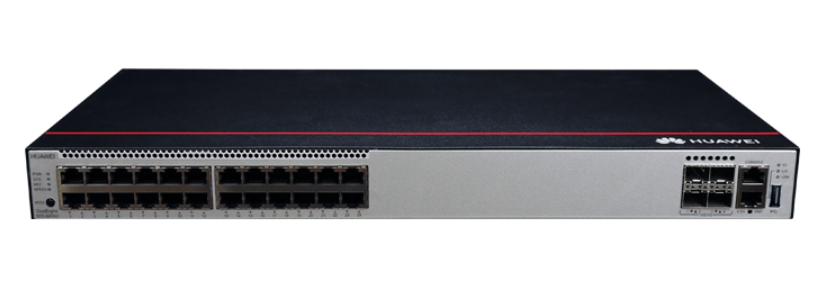
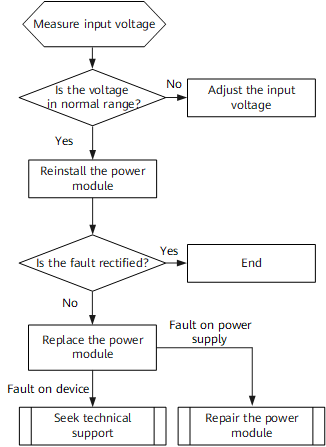


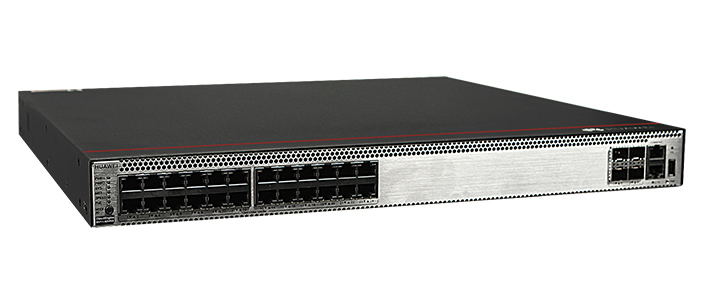
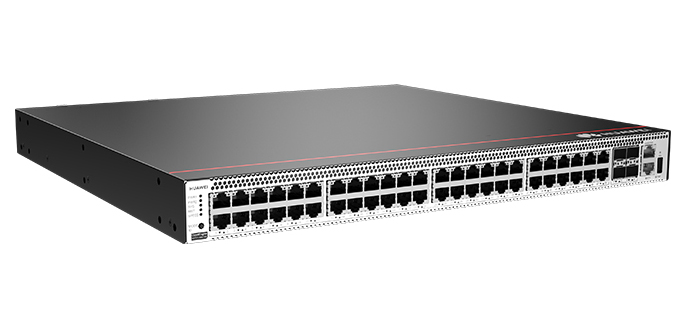
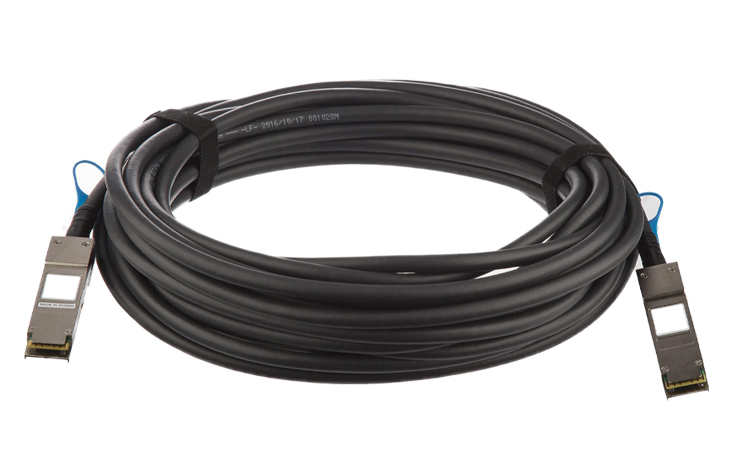
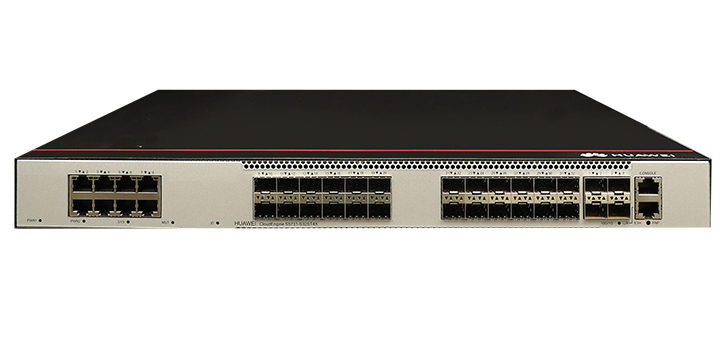
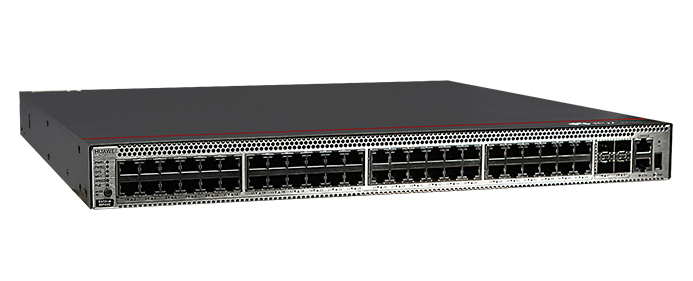
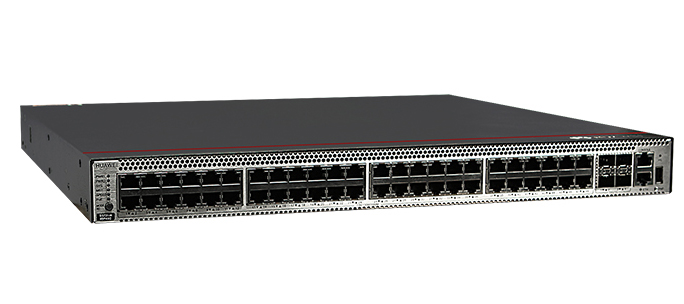

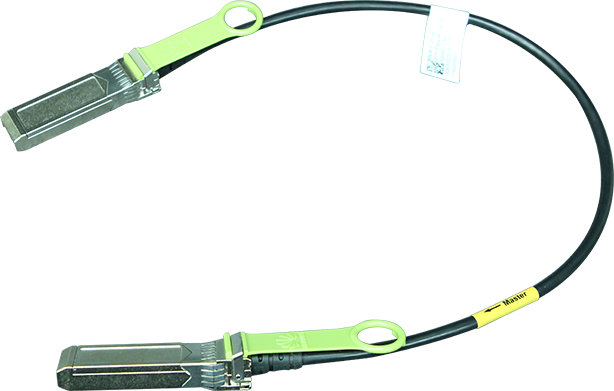

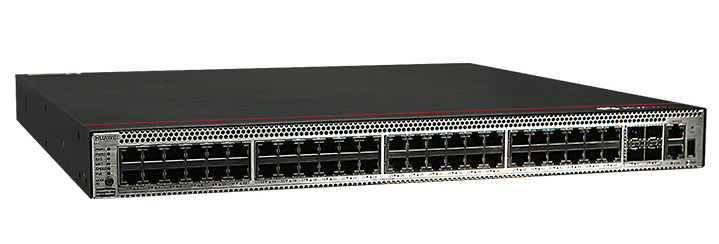

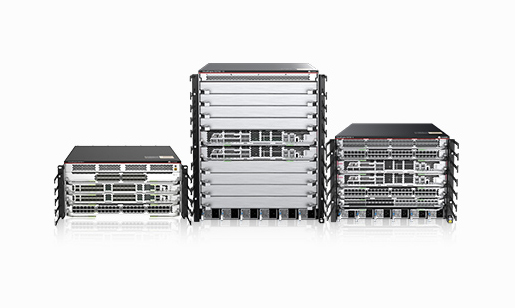


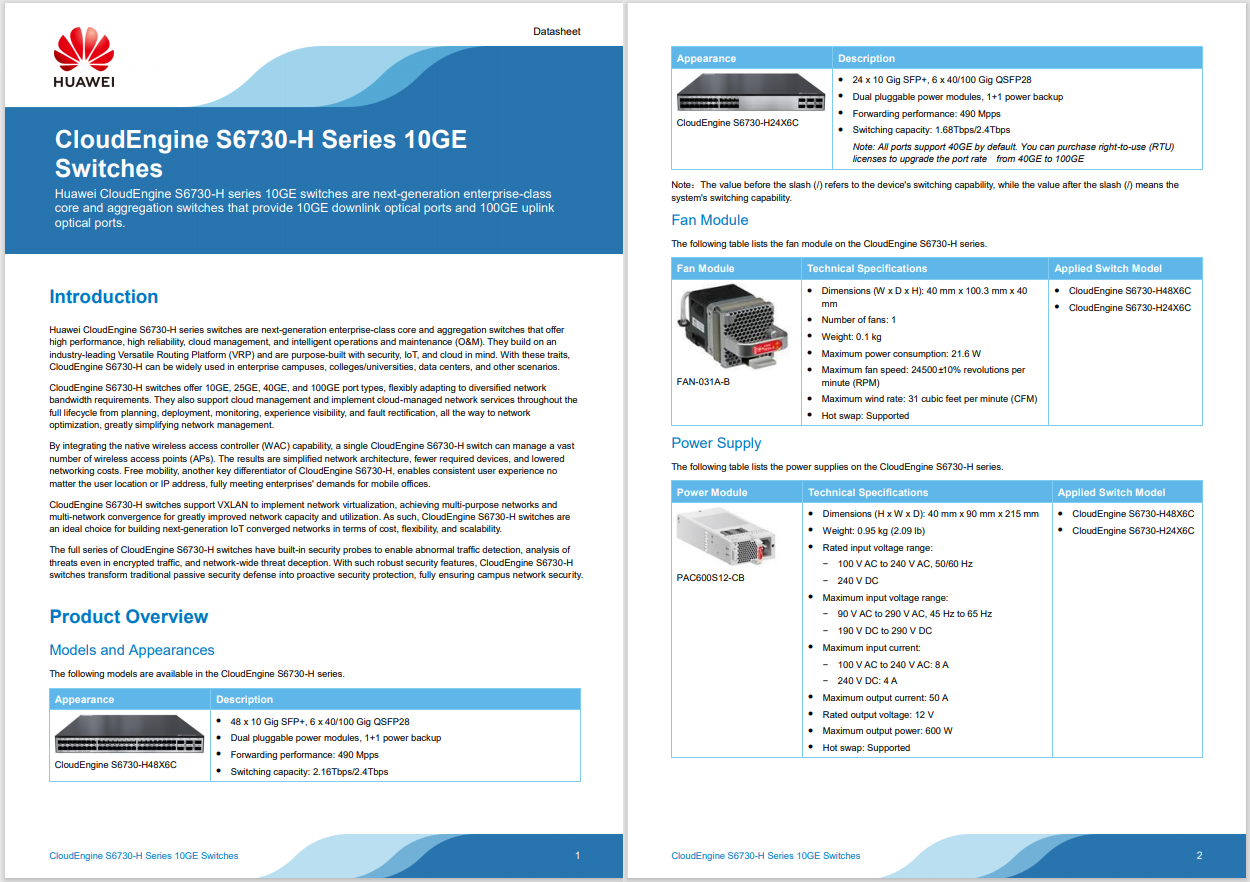
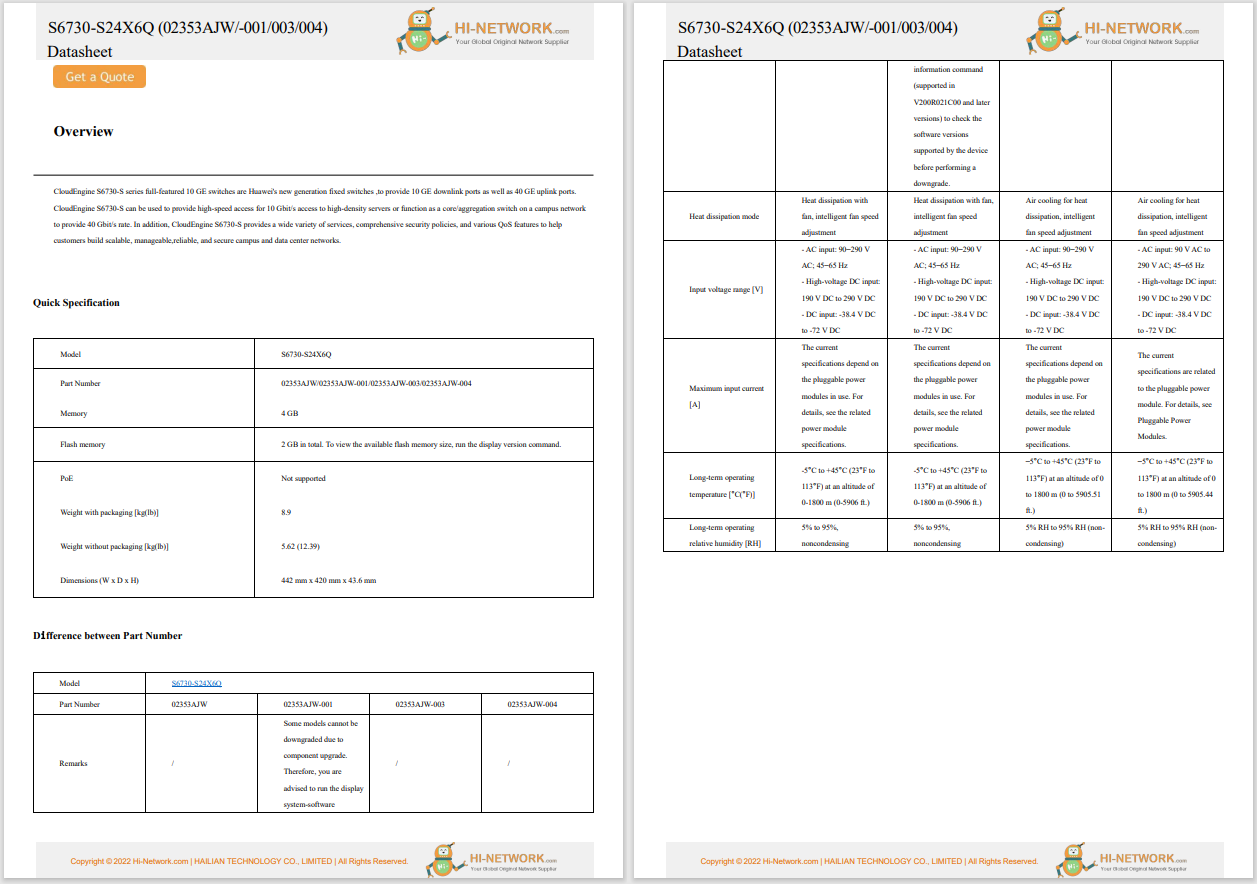

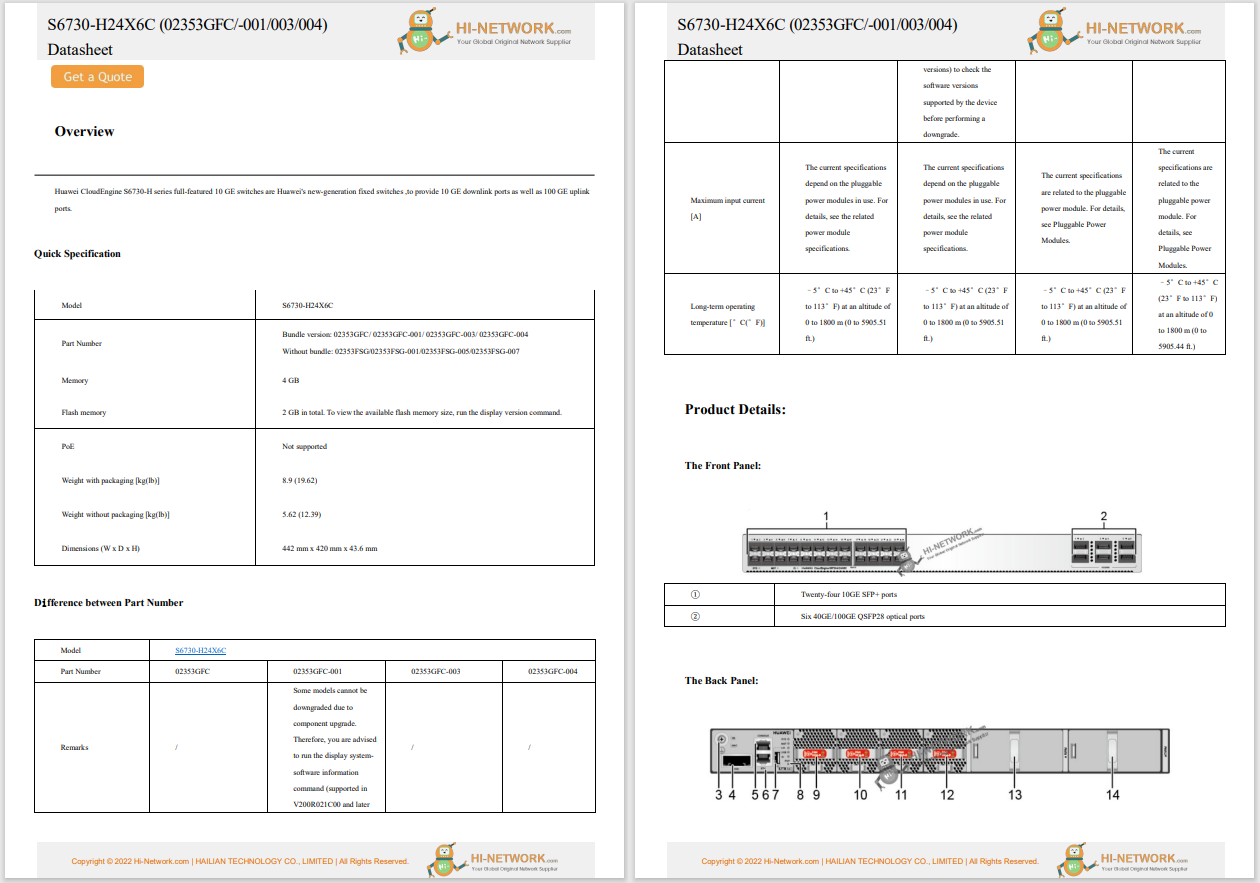
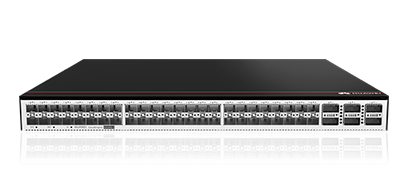
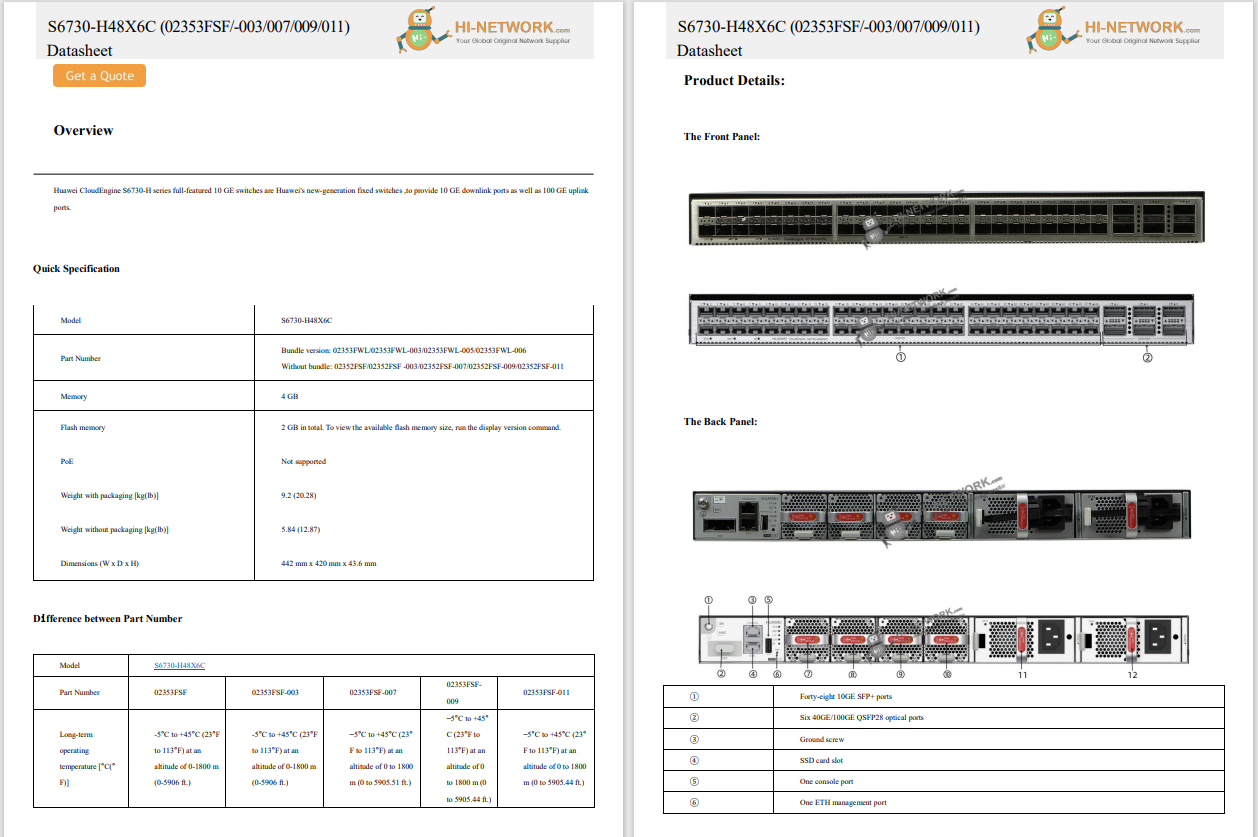
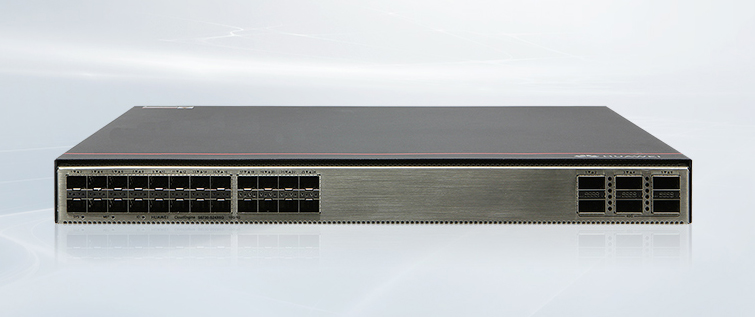


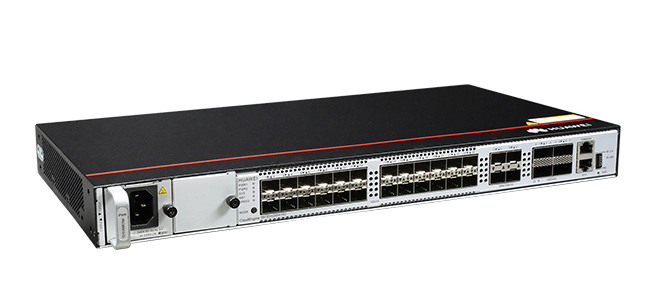
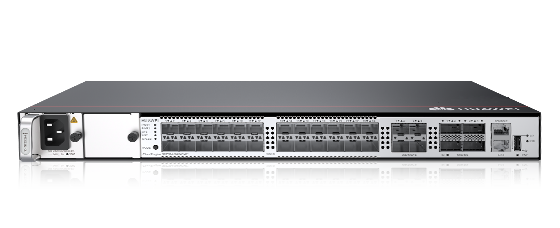
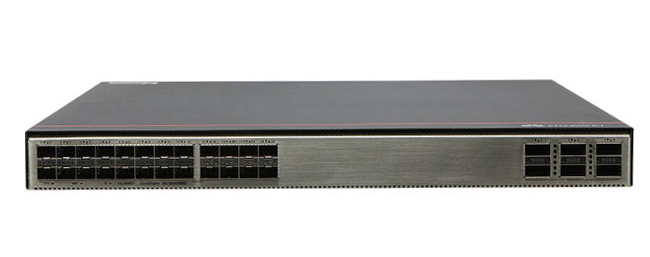

In theory, wearable health trackers all do the same thing: they monitor your vitals and deliver insights in a way the average Joe can understand. In practice, however, different devices perform in vastly different ways.
Take the Oura Ringand theApple Watch, for example. You can exercise with them both, wear them to bed, and keep them on in the shower as they monitor your heart rate, body temperature, and sleep.
Also:The best Apple Watches you can buy: Expert tested and reviewed
But they couldn't be more different. The smart ring promises a discreet build and a few days' battery life (Oura says seven days max, but it's closer to four or five from my testing). The smartwatch, on the other hand, is a chunkier device that brings all your smartphone's features to your wrist with a health- and activity-minded twist. So which should you buy? Let's break down the differences.
An Apple Watch is like a mini version of your iPhone that just so happens to track your health data. It can do many of the things your phone can, but also acts as a bridge to your phone's functions like answering calls, responding to texts, and controlling music.
It still feels very much like an assistant to your smartphone, but Apple has definitely improved the watch's health-tracking capabilities. For example, its recently-announced sleep apnea feature is a first for the device.
Also: Your next Apple Watch or smart ring could have a feature that transforms healthcare
Personally, I use myApple Watch Series 10 to check the hourly forecast, respond to messages, set timers while I'm cooking or working out, activate Siri when I have a question or command, and navigate directions. The Apple Watch notifies me when I'm in a loud environment, and when I've been sedentary for too long, it tells me to stand up.
For all of these reasons, the Apple Watch is for people who want the same information they can get on their iPhone (albeit with a few more health-minded notifications and functions throughout the day) -but wrapped around their wrist instead. Maybe you work in a busy environment where checking your phone throughout the day is looked down upon. An Apple Watch can still keep you connected and in the loop while you're on the floor.
As a recreational runner, I've found that the Apple Watch works really well in the activity-tracking regard. I can record my runs in the Workout app, which displays pace, heart rate, and active calories burned. It also notifies me of per-mile splits, keeps me in line with my race pace, and tells me when I've closed my rings for the day. But it's not just running and walking; you can record plenty of workouts using the Apple Watch.
The Apple Watch is great for swimmers and water-based activities, with the Apple Watch Series 10 seeing significant improvements in the water. First, the watch has a swim-proof design with a 50-meter water resistance, so it's a device that's not afraid to get wet.
Also: Apple Watch Series 9 vs. Apple Watch Series 10: Should you make the upgrade?
Once you're in the pool, the Series 10 watch has a lap counting feature and a Custom Workouts feature for setting your own circuits. It also has a depth gauge and a water temperature sensor. If you're a surfer or regularly swim in the ocean, Apple introduced a Tides app that offers a forecast for tidal information, such as high and low tides, direction, and sunrise and sunset information.
Weight trainers will also reap more benefits out of the Apple Watch than the Oura Ring for a few reasons. The first is that you should not weight train while wearing rings for safety reasons, so the Oura Ring is automatically out of the picture during those bench presses. The second is Apple Watch's Training Load feature, which has helped me gauge my exertion rates during weight-lifting sessions. The feature tracks and captures your training intensity over time, which is especially helpful as you add more weight to your routine.
Activity tracking is at the heart of the Apple Watch: it pings you to close your fitness rings, stand up, and keep moving after inactivity. While the Oura Ring also has activity tracking features, if you want at-a-glance exercise data or you live in the water, an Apple Watch would suit you better.
Unlike smart rings, which come in three to five colors at most, an Apple Watch comes with a wristband you can easily swap out depending on which fabric, color, and style you'd like to wear that day. Dress it up with a sleek chain or down for those sweaty workout sessions. For these reasons, it's more customizable as a wearable piece of technology.
An Oura Ring works really well as a health tracker, but it doesn't offer up all the bells and whistles of an Apple Watch. But as far as sleep tracking goes, I'd take my Oura Ring over an Apple Watch any day of the week for all the extensive data it provides.
Through the Oura Ring, I've learned my sleep chronotype, understood what triggers physiological stress throughout the day, understood when and why my heart rate drops later in the night, and benefited from the helpful summaries it provides each morning. As I write this, Oura's Symptom Radar feature is telling me that my body is experiencing major signs of strain -- and it's right. I've got congestion and a cough. It detected it the morning my first symptoms arrived.
Also: The best smart ring I've tested isn't made by Samsung or Ultrahuman
While an Apple Watch provides the numbers for how long you slept and the varying sleep stages, the Oura Ring provides the context behind those numbers with unrivaled health data visualizations that anyone can understand. One of my favorite aspects of the Oura Ring is the app's ability to illustrate your health data in a way that doesn't overwhelm but informs.
It also regularly debuts new features that have turned the smart ring into, as Oura's CEO describes it "a doctor in your pocket," like the aforementioned Symptom Radar feature.
Wearing a watch to bed is not for everyone. There have been many nights where the chunky device on my wrist has kept me up. The Oura Ring, on the other hand, is lighter and more discreet as a sleep tracker. Plus, at seven days, it has a longer battery life than an Apple Watch's one-to-two days, so you don't have to charge it as frequently or worry about it dying while it's gathering sleep data.
Also: The best sleep trackers you can buy
Sleep scores are one of the most vital data visualization features a sleep tracker can offer, in my opinion. Getting a rating on a 100-point scale is universally understandable and provides a benchmark you can improve on. Oura offers several helpful ways to improve your sleep, and the sleep score function is a good way to start.
Conversely, the Apple Watch does not use sleep scores, so you only can see how long you've slept, not how well. The Apple Watch's Vitals app notifies you if your heart rate, wrist temperature, respiratory rate, blood oxygen rate, and sleep duration are in line with typical and healthy levels or out of line, but the Vitals app's data summarization and delivery approach is a little bit more hands off.
As someone who has worn three rings on one hand throughout the night and received different sleep scores per ring, I understand that a sleep score is not an empirical indicator of sleep health. However, it does provide a helpful overview with actionable results.
The Apple Watch offers various customization options with different watch faces and a selection of bands. In contrast, smart rings are the opposite: they have a discreet build and lack any customization to the physical form.
Also: The best smart rings you can buy
When I wear smart rings, most people are surprised to learn that they have any tech capabilities at all. Most smart rings come in gold, silver, or black varieties and are, for the most part, indistinguishable from regular rings (until they start glowing green or red to track my activity or sleep). This form factor makes them lighter, more comfortable, and far less distracting.
The short answer is: it depends. I've tested both theOura Ring and the Apple Watch , and find them useful for different things. For unobtrusive sleep tracking, I've got to hand it to the Oura Ring. For activity tracking and training data, it's Apple Watch all the way. For a discreet wearable that I don't have to fuss with or check in on, the Oura Ring takes the cake. For a handy, mini iPhone that helps me check my messages, set timers, and query Siri when my phone is not around, the Apple Watch is the winner.
 Etiquetas calientes:
tecnología
Wearables
Etiquetas calientes:
tecnología
Wearables